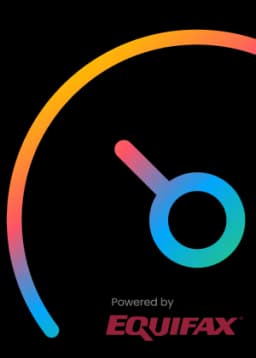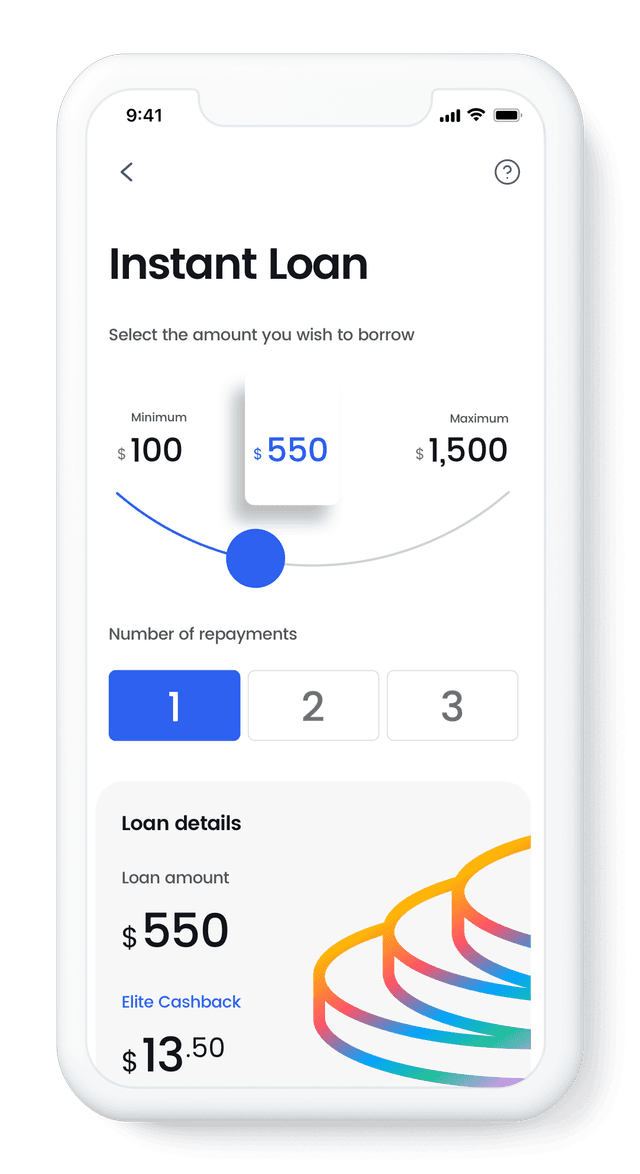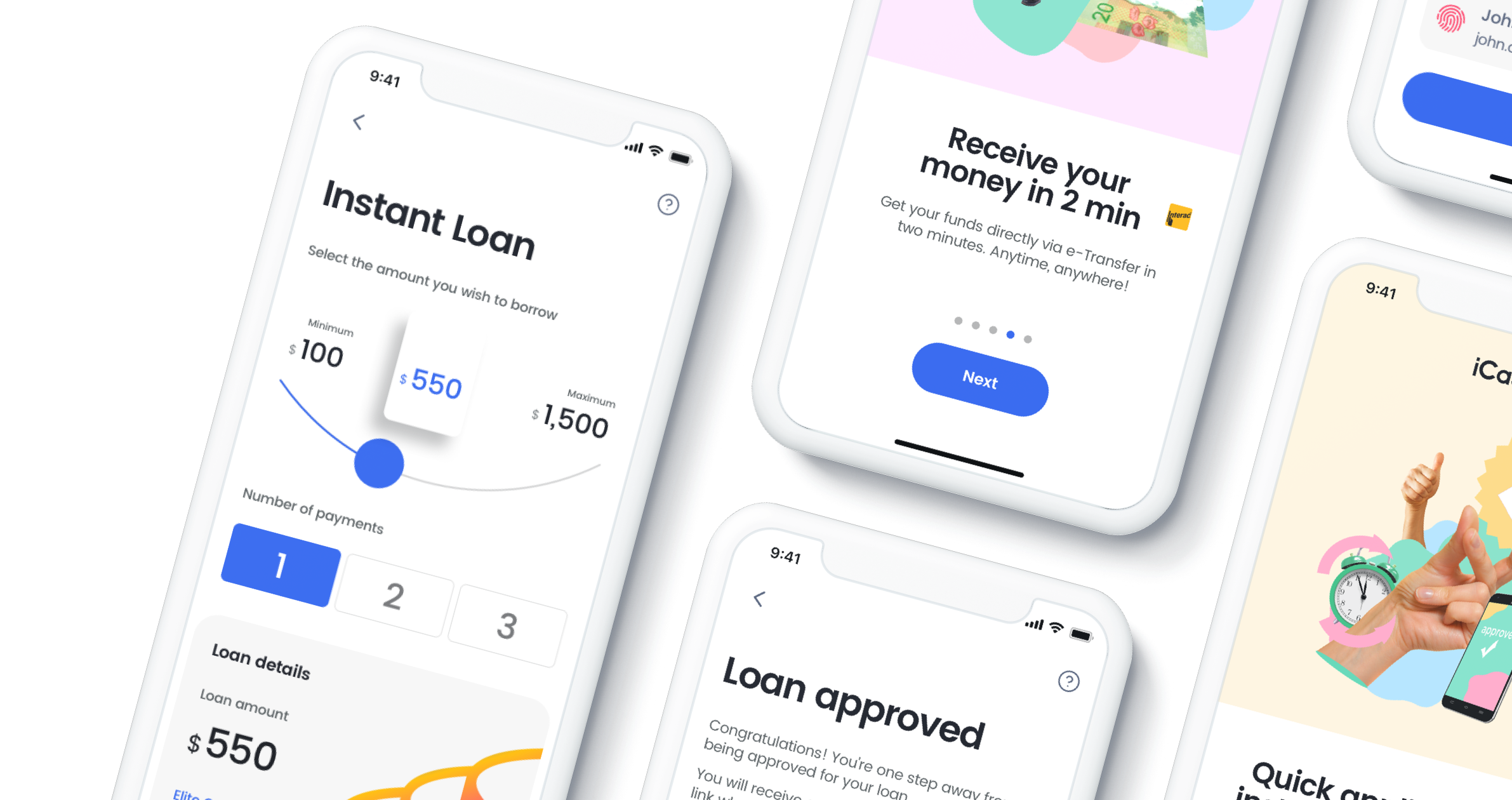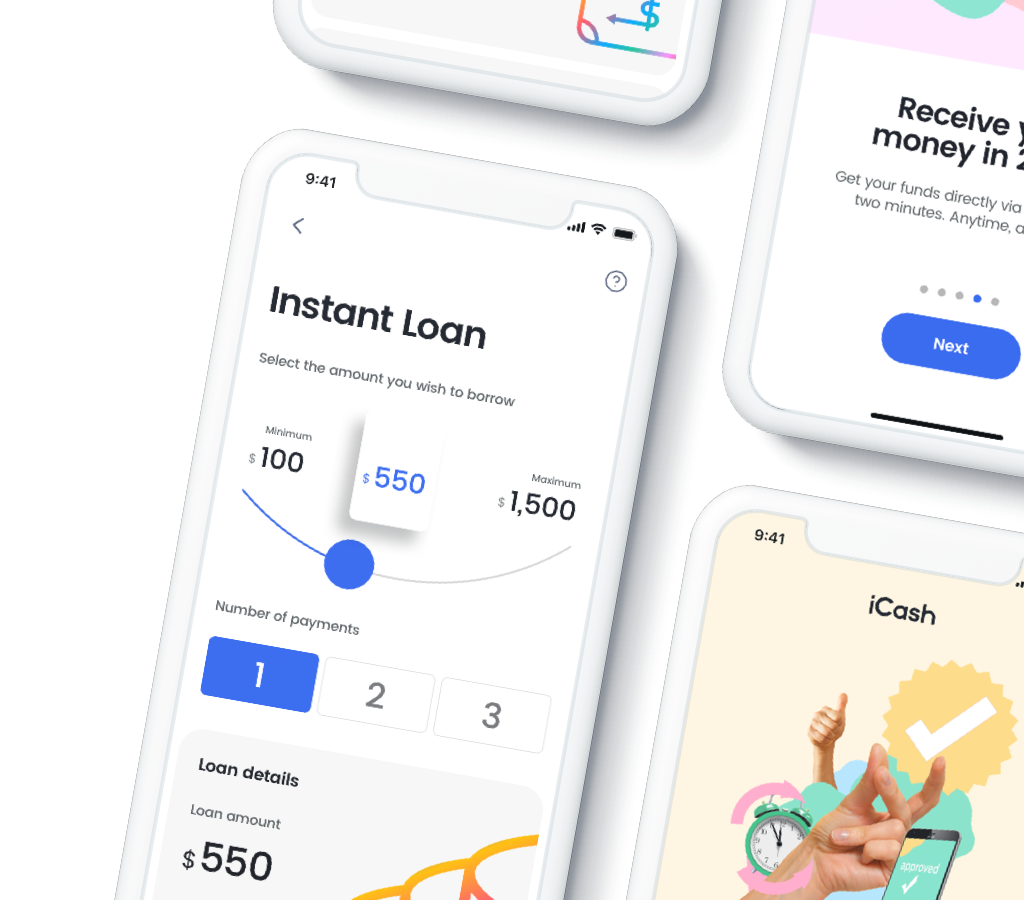Being short on cash can be stressful. But, there are ways to bridge the gap when funds are running low, or worse, gone completely. Overdraft protection is a common feature many banks offer their customers when they do not have enough funds for a transaction. Essentially, it allows you to spend more money than what’s available in your account.
When considering whether or not to take advantage of overdraft protection, you should weigh the pros and cons. Access to extra funds can be helpful in emergency situations, preventing bounced cheques or declined transactions. However, with high overdraft fees for each transaction, the potential to overspend, and risks to your credit score, it can also bring unwelcome financial consequences.
The key to using overdraft protection responsibly is understanding how it works. Below, we'll discuss the details of overdraft protection and the benefits and drawbacks associated with using it.
What is Overdraft Protection?
There are many Canadian banks that offer overdraft protection. And, if you have a chequing account, you may have already been automatically enrolled in the service.
How it works is that the bank will cover any transactions that exceed your balance. In exchange, you'll be charged a fee for each overdrawn purchase. This fee varies from bank to bank, so check with your institution to see precisely how much it will cost.
If you wish to opt out of the service, you can do so on your bank's website or by speaking to a customer representative. You should also note that not all banks offer overdraft protection, so don't assume that when you open an account it will automatically come with this feature.
Benefits of Overdraft Protection
If you've ever had a cheque returned due to insufficient funds or had a debit card transaction declined, you know how embarrassing it can be. With overdraft protection in place, these transactions can go through without incident, which can be incredibly helpful during a financial emergency.
There are several benefits to having an account with overdraft protection, including:
Avoid Late Payment Fees
Late payment fees can often be more expensive than overdraft fees. Whether you've missed a rent payment, phone bill, or other important payment, overdraft protection can help you avoid the hassle and cost of these fees. Although you don't want to rely on using overdraft protection to cover missed payments regularly, it can be a good safety net in unexpected circumstances.
Easier Budgeting
Knowing exactly how much money you have available in your bank account can make it easier to budget and plan your spending. Even if you are becoming too dependent on overdraft protection, it can help you become more aware. Then you can adjust your budget accordingly.
Helps When Cheques are Delayed
In the case of government benefits, your cheques may be delayed sometimes - especially if a payment date falls on a statutory holiday. This is where overdraft protection can be a lifesaver because you won’t have to worry about having enough money in the account until the cheque arrives.
Financial Security in a Tight Situation
Lastly, overdraft protection can provide extra financial security when you're really struggling. The money borrowed and any additional fees will still need to be repaid, but if you use overdraft protection responsibly, it can be a valuable safety net.
The Cons of Overdraft Protection
While overdraft protection is useful, it's essential to know when it's time to reconsider the service. If you continue to rely on overdraft protection and cannot pay back the money owed, it can quickly become a financial burden.
Here are some of the cons to consider when using overdraft protection:
Dependence on Credit
Overdraft protection is a form of credit. If you're unable to manage your payments responsibly, it can quickly lead to debt that spirals out of control. Before considering using it, you should ensure that your finances are in order and that you have an adequate plan for paying back your debts.
High Fees and Interest Rates
Using overdraft protection can be costly. Banks often charge daily fees for overdraft protection that can quickly add up if you're not careful. Although the government of Canada has enforced laws for overdraft fees, it's still a good idea to use caution. Paying too much in fees can put you into more debt.
Loss of Opportunity Cost
When money is borrowed from an overdraft protection account, you may have missed other investment opportunities. It can be challenging to get back on track if you are too focused on paying off incurred overdraft fees.
Potential Impact on Credit Score
While overdraft itself won’t directly impact your credit score, if left unpaid, it could be sent to a collection agency. Collections are considered a negative mark on your credit score, making it more difficult for you to obtain credit in the future. Also, the negative information can stay on your credit score for up to seven years.
Alternatives to Overdraft
If managing insufficient funds has you feeling overwhelmed, there are alternatives available. Luckily, you can explore a variety of borrowing options to get the money you need without having to use overdraft protection.
Some alternatives include:
Credit Cards: Applying for a credit card may be more affordable than overdraft protection, as long as you pay off your balance each month.
Easy Loans: If approved, an easy online loan can provide access to funds without the worry of having stellar credit or needing to provide collateral.
Line of Credit: This type of loan allows you to draw money from a credit limit as needed. You can then pay back the funds over time and only incur interest on what you borrow.
Emergency Fund: Creating an emergency fund of your own can help you feel more financially secure and prevent you from turning to overdraft protection.
Managing Overdraft Protection
If you decide overdraft protection is the best financial option, there are ways to get the most from it. Even with limited cash flow, you can still effectively manage this type of account.
Some tips for managing overdraft protection include:
Track your expenses: Knowing where your money is going can help you avoid the fees associated with overdrafts. You can use simple budgeting apps or an online budget template to keep tabs on how you're spending your money.
Set up overdraft alerts: With most banks, you can set up notifications for your mobile phone or email to remind you when account balances are running low. This can help you avoid accidental overdraft charges.
Automate your savings: Setting up automatic transfers into a savings account can help you build up a cushion of funds that can be used in case of emergency or to cover fees associated with overdrafts.
Opt out completely: If you’re finding it all too challenging to manage your bank account with overdraft protection, contact your bank to opt-out. Most banks will allow customers the option to opt out of overdraft protection if it’s a financial burden to them.
Avoid the Cons Associated with Overdraft Protection with iCash
There are always alternatives for managing your finances. If you're still unsure whether or not overdraft protection is right for you, consider iCash. With iCash, enjoy a more secure and cost-effective way to access the funds you need. In just minutes, you can be approved for a cash advance of up to $1,500 without worrying about hidden fees or long-term contracts. Simply download the mobile app or apply online and get funded to cover whatever expense comes your way.











